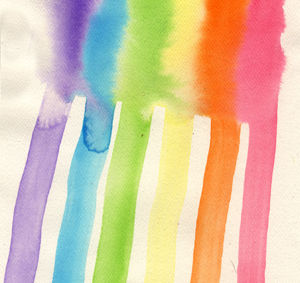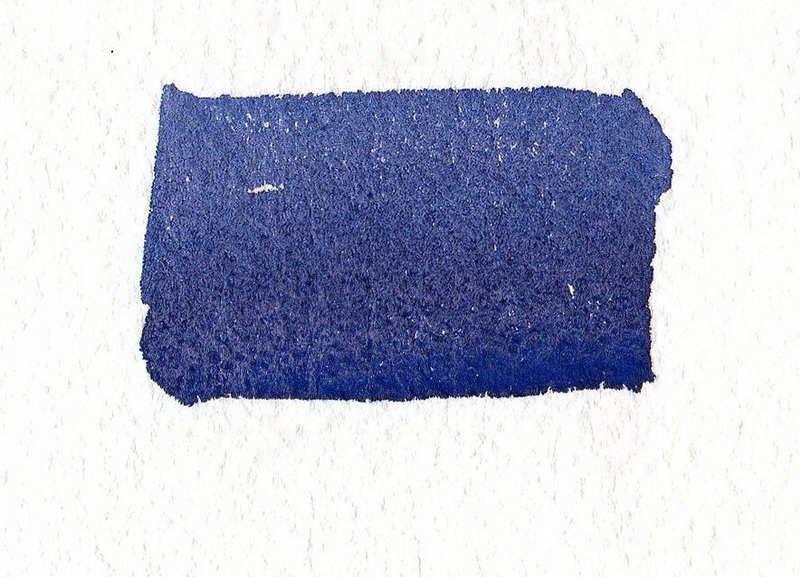 |
| http://www.mnartists.org/work.do?rid=271390 |
Next circle things in your biography that were most important events in your life.
Presentation -
Thinking about your background - Backgrounds in portraits are important! Write down the following tips for developing a background for your self portrait using your journal!
A background makes an artwork look complete or finished - The problem with a white background is that the white of the paper remains on the same “plane” as the white highlights on your drawing. This means that the background and the foreground merge, and your subject doesn’t pop forward. THIS IS NOT AN OPTION FOR YOUR FINAL.
- Natural simplified background - You can start with a natural background and simplify it. For example you could put the beach, ocean and horizon behind a subject and leave out the details and include muted soft values.
- Blurred background - This is a good way to create a more of an atmospheric setting.
- Realistic background - This is a good way to communicate something about your subject or their personality

- Montage background - This gives you freedom to play with the elements of your portrait and create meaning in a more creative way.
Learning Objective-You will be able to grid a two inch grid on your final paper and translate the photo onto it to blow it up. You will continue by added value using charcoal to define core shadow, cast shadow, reflected light, highlight, and medium tones.
Language Objective- Read your vocabulary on Value, (cast shadow, core shadow, highlight, reflected light, and medium tones), and apply it to the values of your face.
Agenda-
- Continue to draw your small portrait with pencil drawing grid to grid. - Complete today
- Include your value mapping! (tracing around the values)
- Take your time and remember your value vocabulary
- Show me your small drawing to receive your final paper for Charcoal Portrait.
- Visual Journal will be due next Monday Sept. 17th
- Be sure to experiment with more than one material.
- You will also start a new Visual Journal Entry on Monday.







